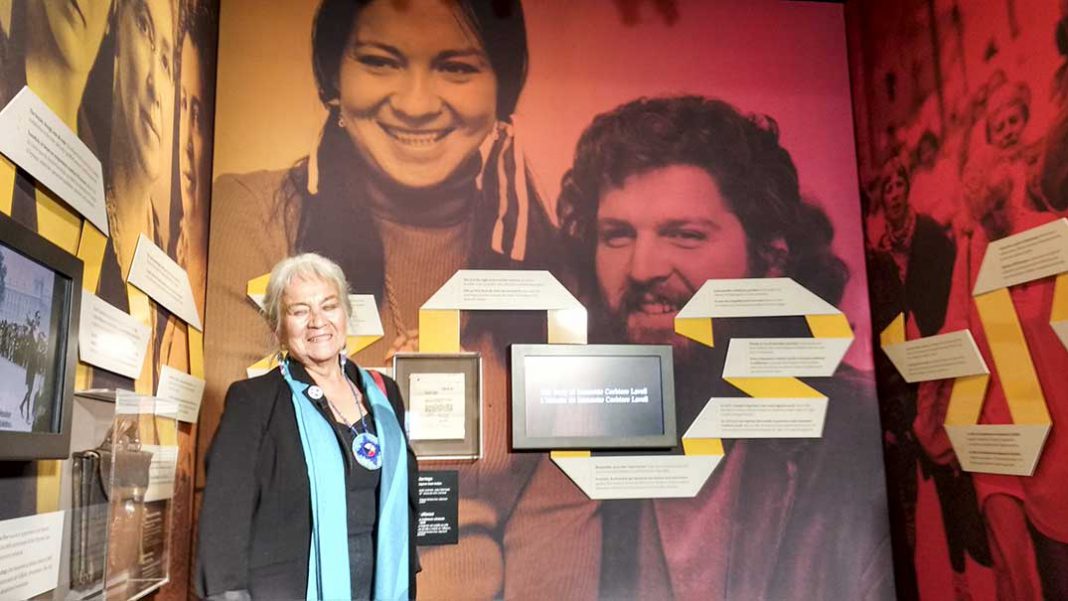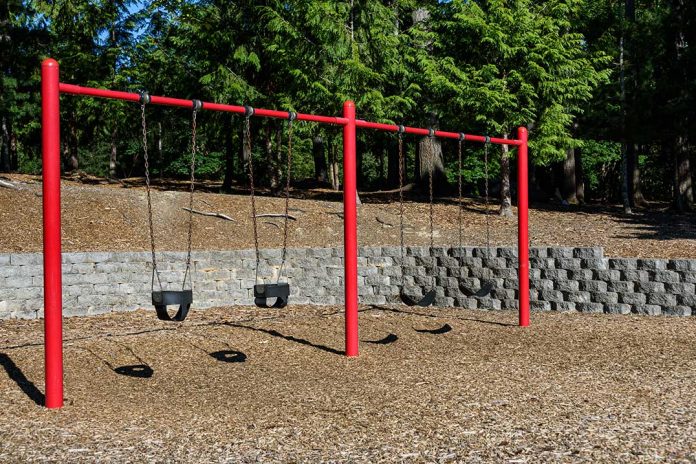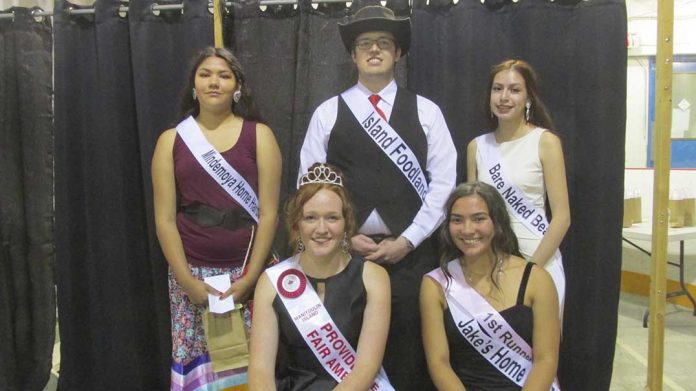Final barriers removed for women who married out of the culture, children and grandchildren
WIIKWEMKOONG – When Jeanette Corbiere married a non-Native man in 1970 and became Jeannette Corbiere-Lavell, she was dismayed to discover in the coming months that the federal government no longer considered her an Indian (in the parlance of the day) and the loss of this born and bred Wiikwemkoong citizen’s official status vaulted her into a lifetime of protesting this law.
There have been gradual changes over the intervening 49 years and last week the federal government passed Bill S-3, legislation aimed at removing sex discrimination from the Indian Act.
In a news release, the government in Ottawa said that as of August 15, 2019 (last Thursday) all descendants born prior to April 17, 1985 to women who lost Indian status or who were removed from band lists because their marriage to a man without status dating back to 1869 will be entitled to registration, bringing them in line with the descendants of men who never lost status.
Here are the particulars of Bill S-3:
Eligibility for Indian status is provided for women who had previously lost status as a result of marrying non-Indians; children omitted or removed as a result of their mother marrying non-Indians; persons who had been removed from the Indian Register as a result of protests based on non-Indian paternity; persons omitted or deleted from the Indian register under the double-mother rule; and the illegitimate children of Indian women born prior to August 14, 1956 who were omitted or deleted because of non-Indian paternity.
Status of the next generation is also addressed by the new bill: grandchildren, born prior to April 17, 1985 (or after April 16, 1985 if their parents married one another before April 17, 1985) of an Indian grandmother who parented out of wedlock with a non-Indian.
Great-grandchildren are also included: eligibility for them is also based on if they were born prior to April 17, 1985 (or after April 16, 1985 if their parents married one another before April 17, 1985) where one of the parents was affected by the double-mother rule and the other parent is not entitled to registration.
Dr. Corbiere-Lavell’s protests about the law of the day began shortly after her marriage (and corresponding loss of status) and she campaigned for change all across Canada. Eventually, the issue was brought before the Supreme Court of Canada which upheld the existing law.
But the April 17, 1985 date already noted is significant because that was when Dr. Corbiere-Lavell’s efforts, and those many others, paid off and the Mulroney government passed a law that made Dr. Corbiere-Lavell eligible to apply to have her status reinstated.
But it did not go the full distance and last Thursday’s Bill S-3 seeks not only to remedy those left behind but also to “make whole” those women who lost their status and had to apply for its reinstatement under the terms of Bill 6 (1) paragraph (c), which applied to women who had lost status as a result of marriage to a non-Indian partner. Another provision of that same 1985 edict, Bill 6 (1) paragraph (a) applied to women who had held Indian status prior to 1985.
Dr. Corbiere-Lavell told The Expositor Monday that after 1985, she had her Indian status reinstated by applying to the Department of Indian Affairs. “But now, I’m restored to the status I had growing up,” rather than one conferred by government.
Her initial response to The Expositor was, “It’s over! Finally, as women, we have been recognized back to our full community. This will make it possible for me to have the status I had before 1970 (when she married) and my children as well.”
She went on to say that “our people, down to the second and third generations, will be recognized which will strengthen our nation. The right to belong is guaranteed to us by the United Nations’ Declaration of the Rights of Indigenous Peoples.”
“Now,” she added, “It’s going to be up to us as First Nations to enact our own community codes.”
The new bill, according to a Ministry of Crown-Indigenous Relations release, will date back to the early years of Canada as a nation and will entertain Indian status for all descendants born prior to April 17, 1985 to women who lost Indian status or were removed from band lists because of their marriage to a non-status man as far back as 1869. This brings this cadre in line with those who never lost status, and their descendants who also retained their status.
Carolyn Bennett, Minister of Crown-Indigenous Relations, said the government must prepare for an increase in status Indians. The release from Dr. Bennett’s ministry says there could be between 270,000 and 450,000 individuals, over the next decade, being newly entitled to registration under the Indian Act.
Dr. Corbiere-Lavell, a retired teacher, holds honorary doctorates, is a recipient of the Persons Award and, last year, was admitted to the Order of Canada for her heroic efforts on behalf of Indigenous women.
The enactment of Bill S-3 gave her, and others in the same position, what she began campaigning for 49 years ago.
“I feel good about it, finally,” she told The Expositor and then joked, “I’ll just have to find something else to keep me occupied!”





